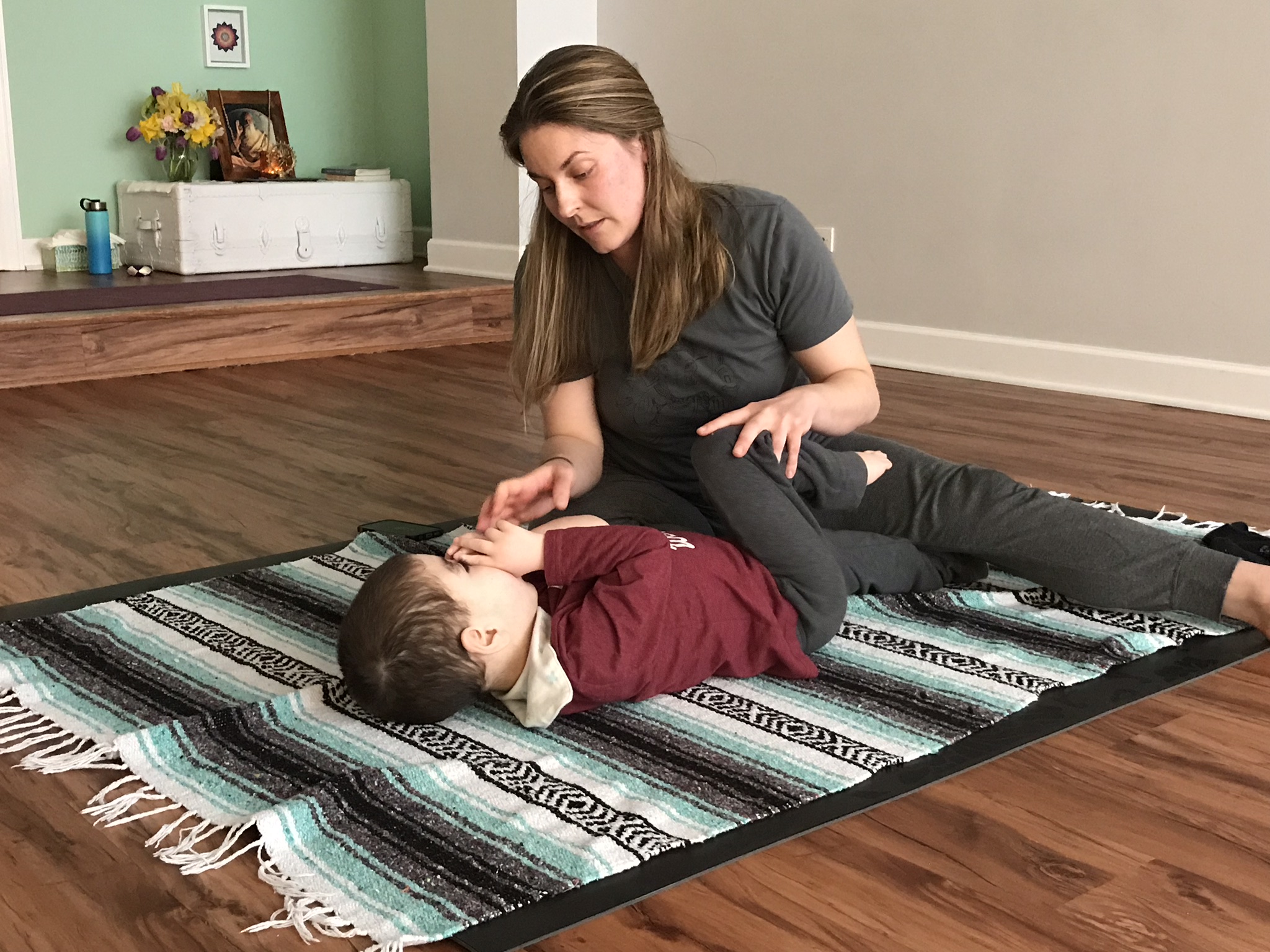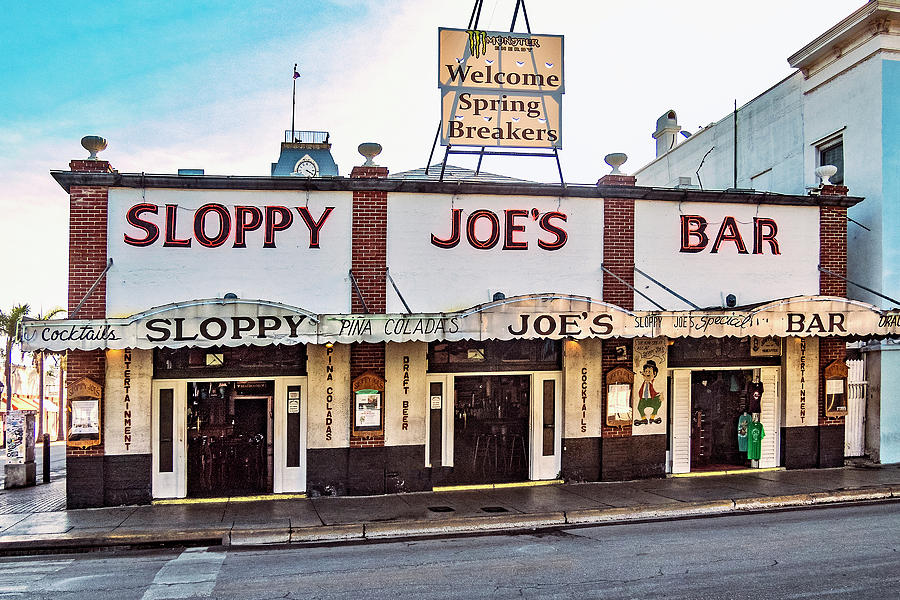

This absence would have drawn little attention at the time.

His published lectures in the United States are flooded with the word “power,” and in one of them he enjoins his listeners to “Stand as a rock you are indestructible.” Not unlike an immobile rock, Vivekananda’s approach was devoid of the flowing sequences of asanas or postures that are now commonly associated with the practice.

Vivekananda largely spoke about yoga as a matter of philosophy, psychology and self-improvement. The yoga that Vivekananda presented to American audiences was also different than the versions most are familiar with today. While he did establish branches of the Vedanta Society on his two trips to America, they were small and often counted only a few dozen members. In a letter to one of his American students in 1897, Swami Vivekananda described himself as “a much reviled preacher” in the United States. Vivekananda’s subsequent lecture tours drew curiosity and interest, but also some hostility. Barrows also noted that “very little approval was shown to some of the sentiments expressed” by Vivekananda in his closing address. And Vivekananda did not just receive praise at the Parliament. In the account of the Parliament published by its president John Henry Barrows, applause was also freely given to the other speakers as part of the self-congratulatory spirit of the Parliament. The approval given to Vivekananda at the Parliament in Chicago was not unique to him, however. Vivekananda then rode the wave of success and lectured, wrote books, and opened branches of the Ramakrishna Mission known as Vedanta Societies during two separate U.S. According to the legend that has grown around Vivekananda’s appearance at the Parliament, despite travel difficulties and nervousness, the swami addressed the crowd as “sisters and brothers of America” to thunderous applause.


 0 kommentar(er)
0 kommentar(er)
